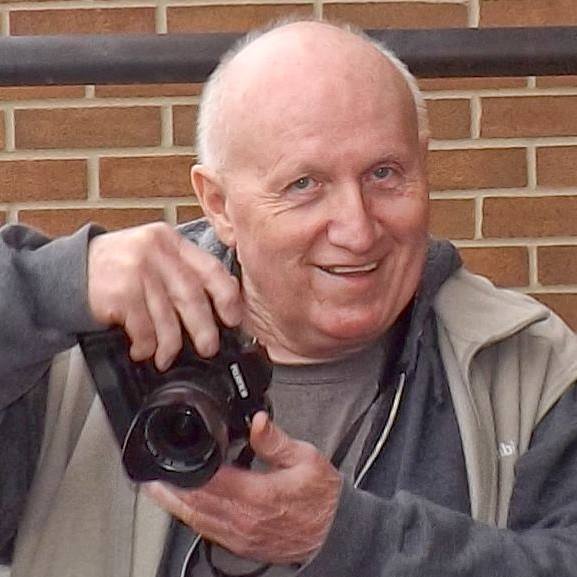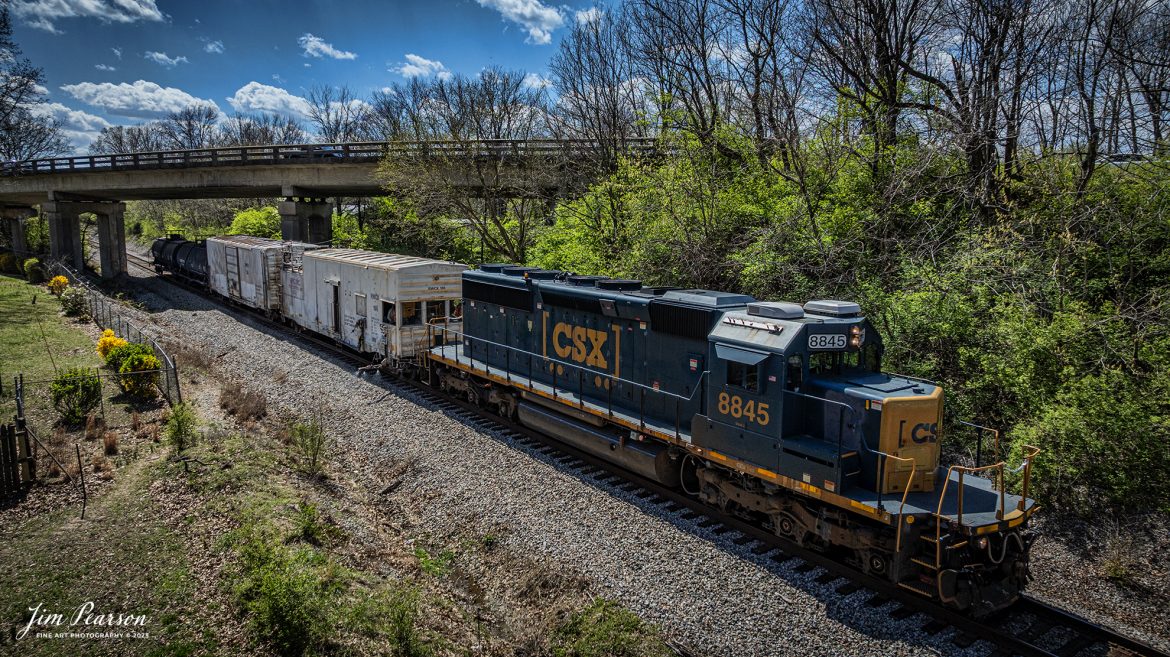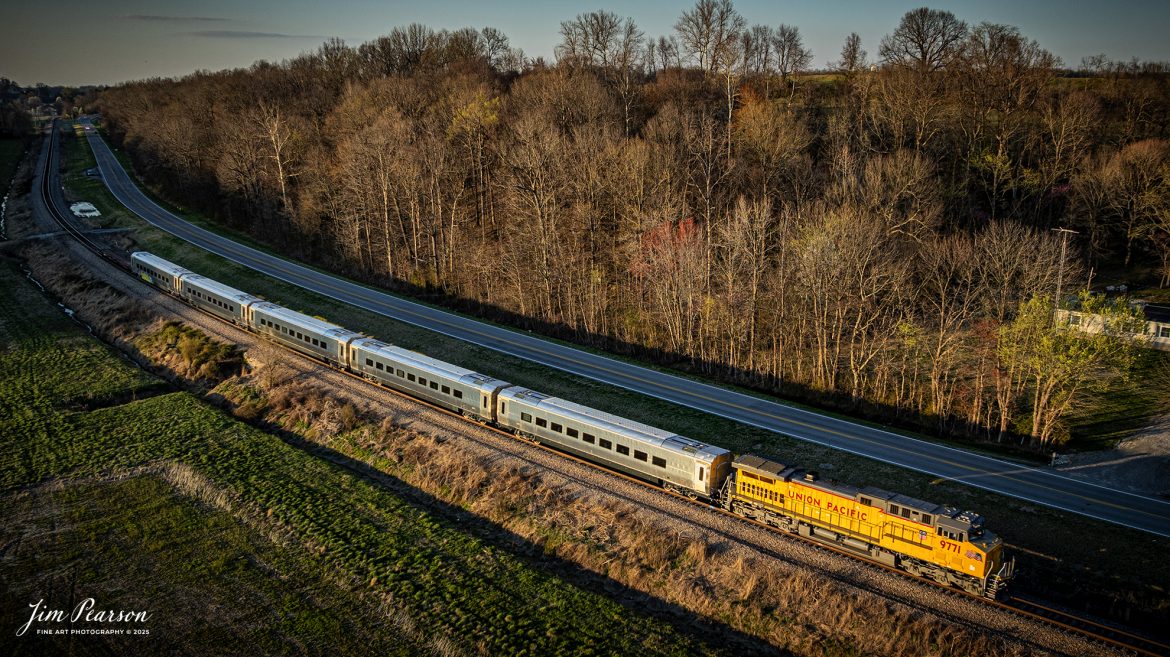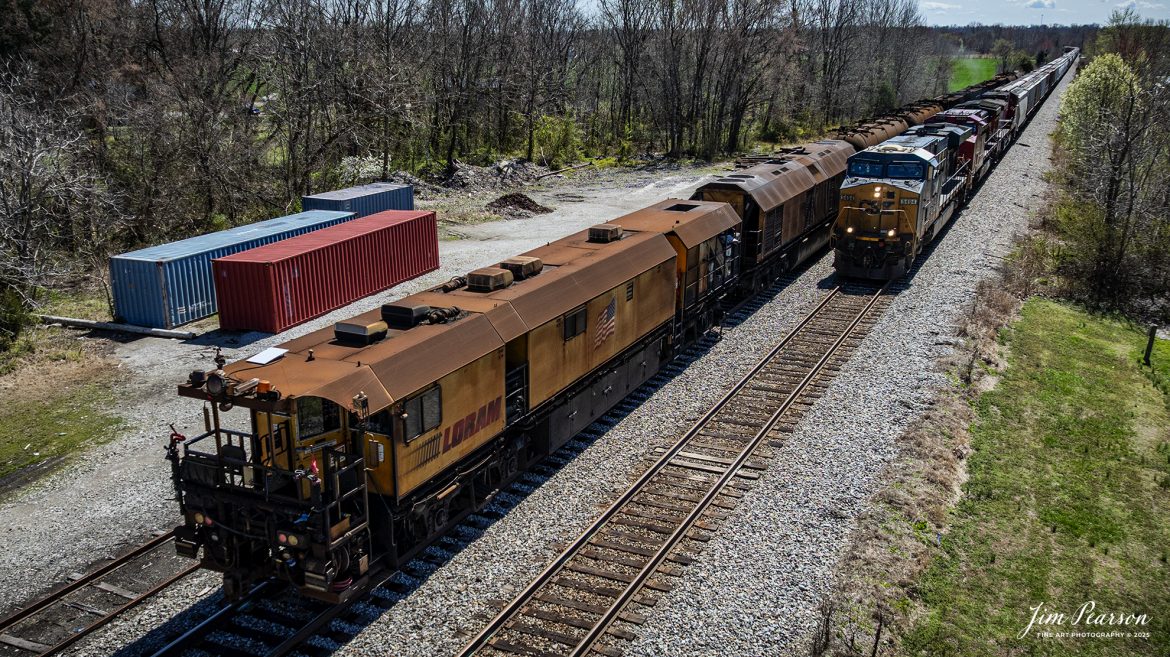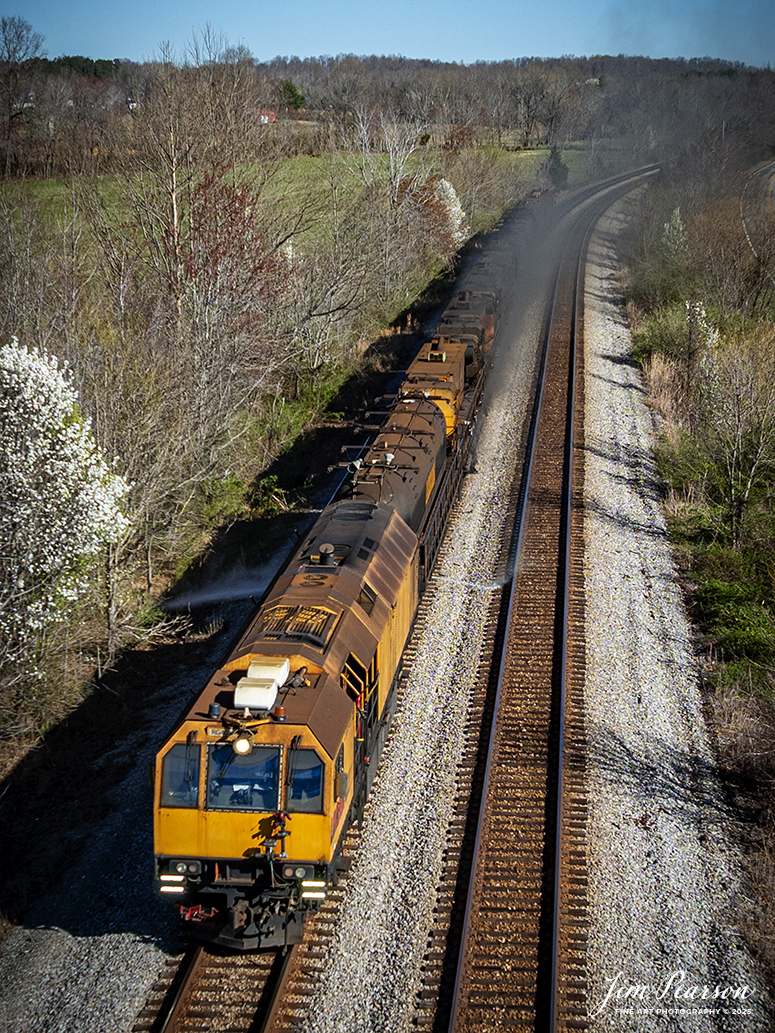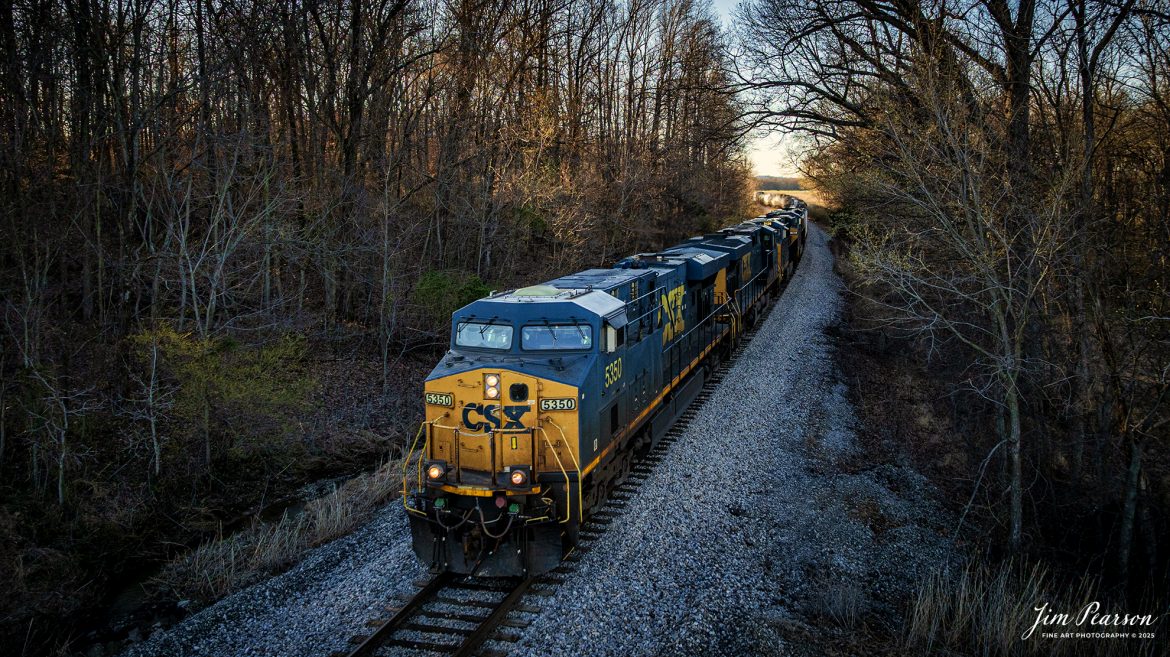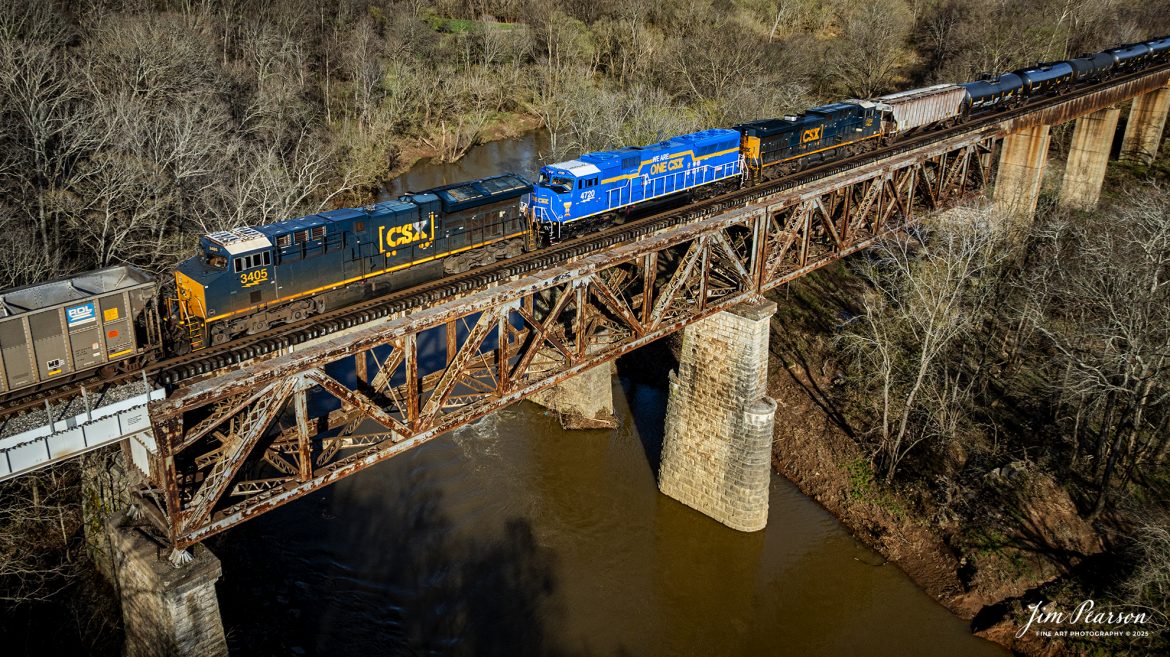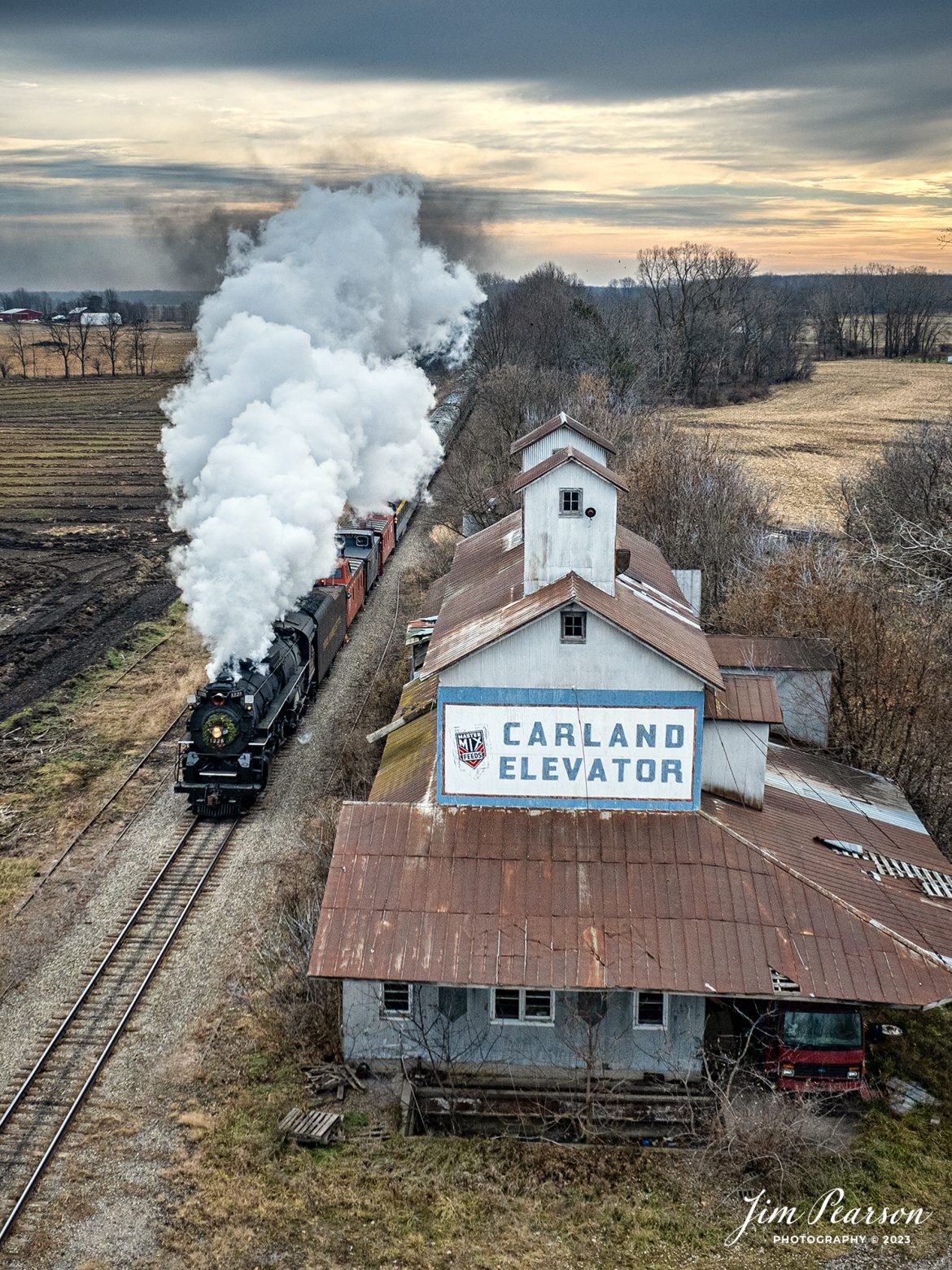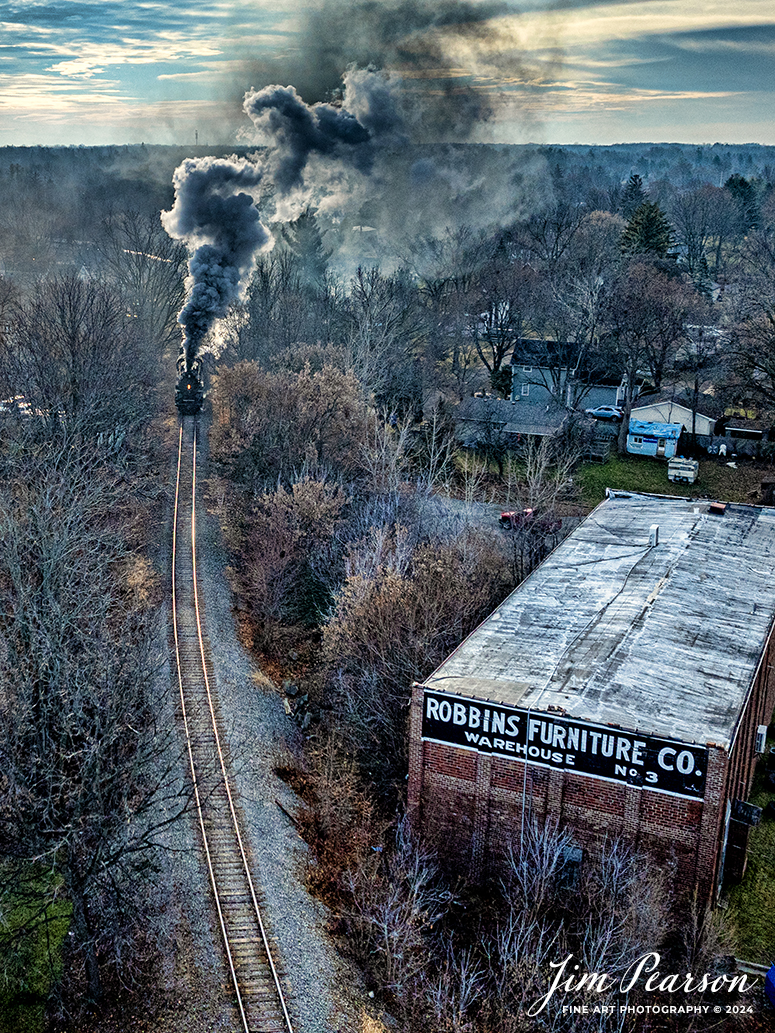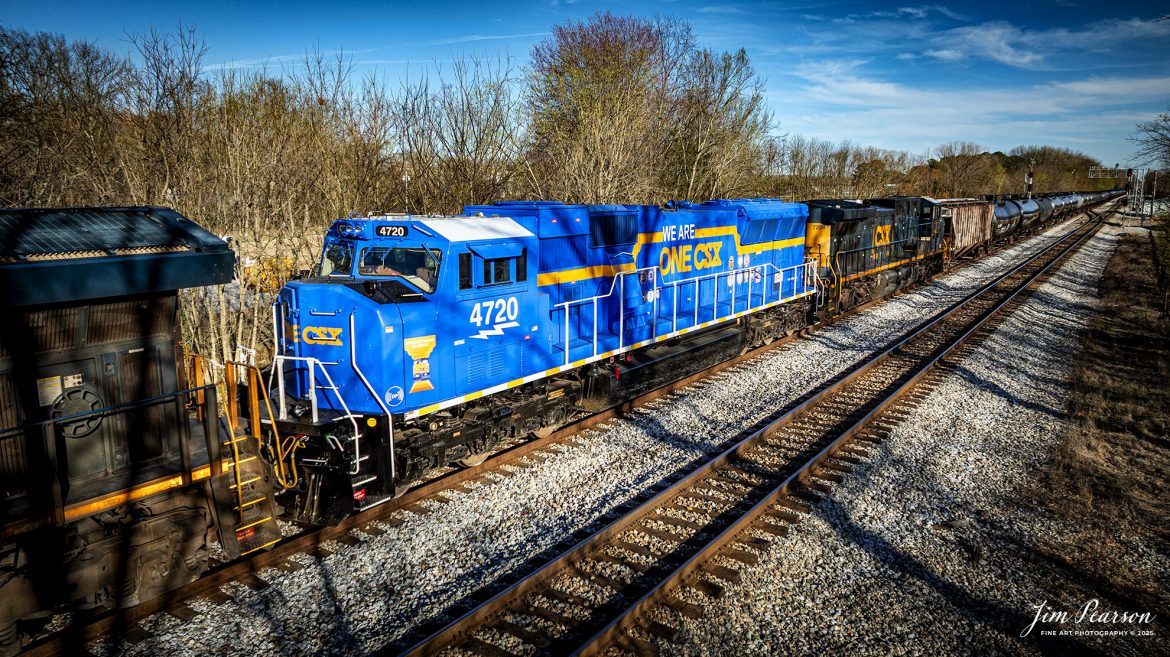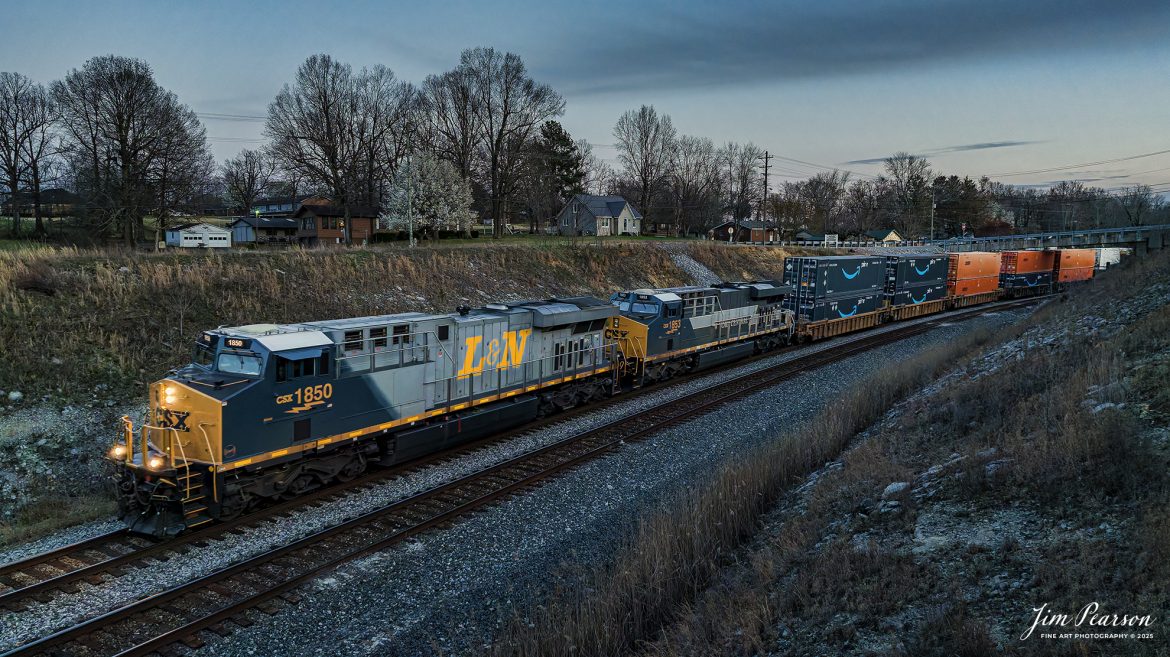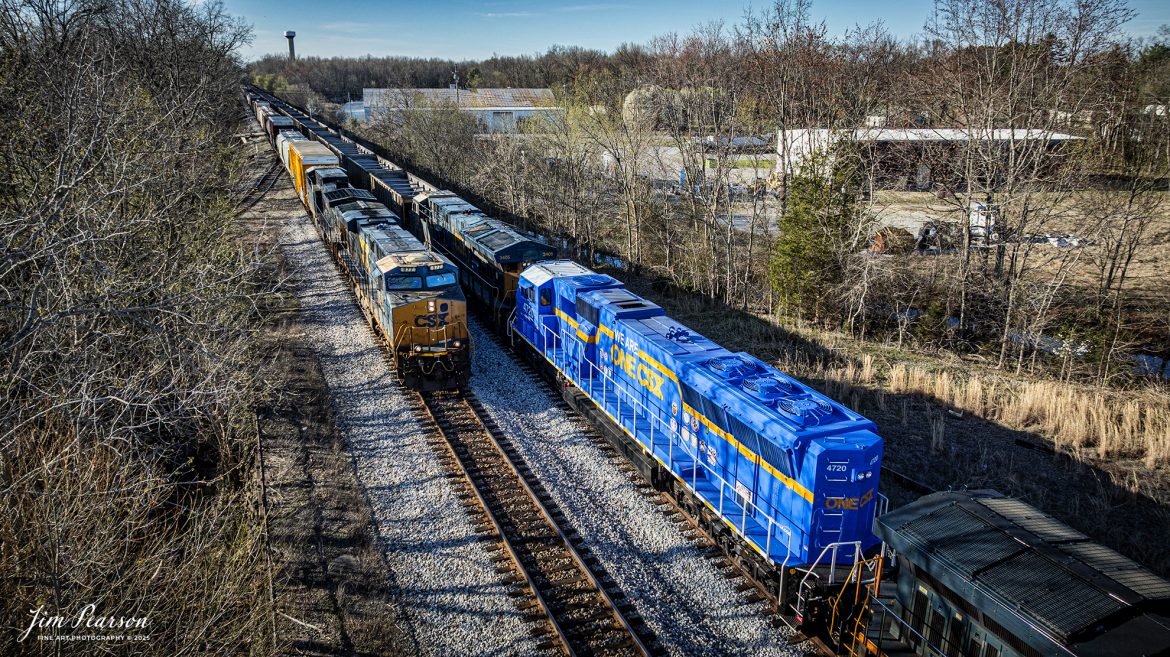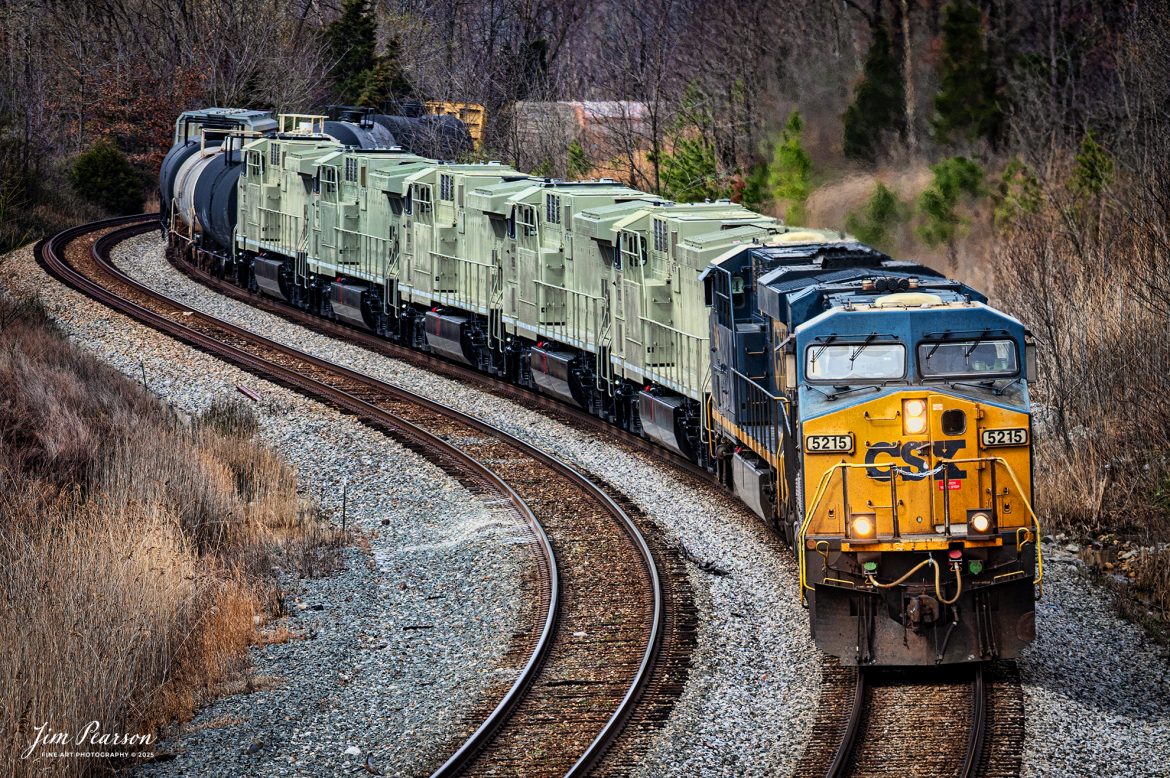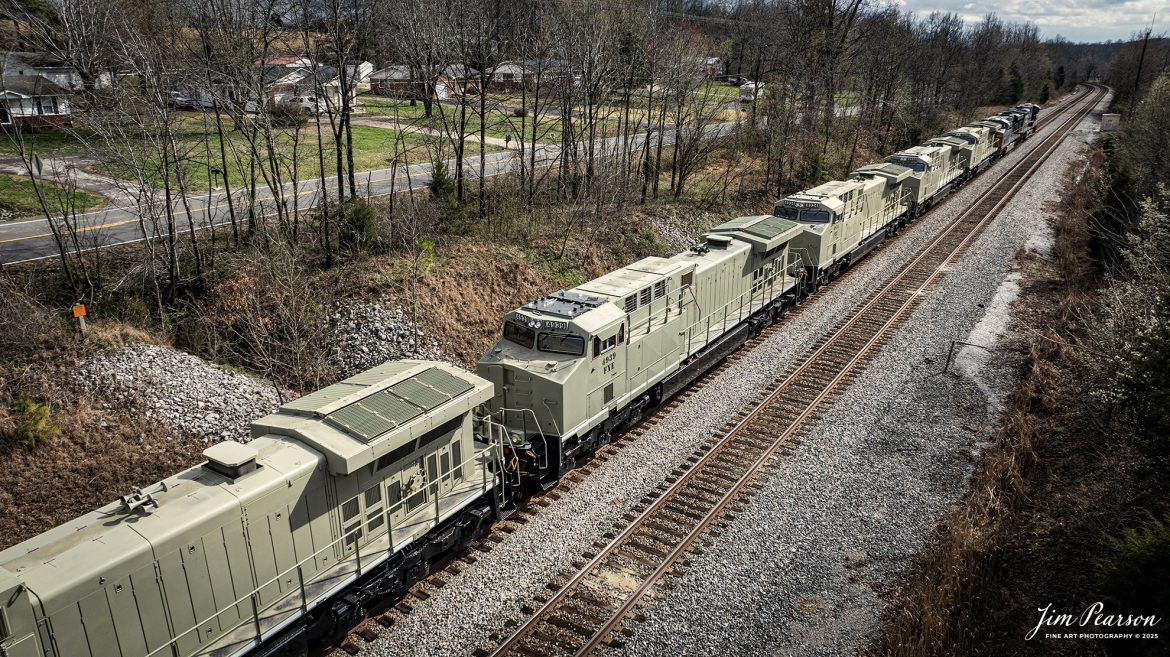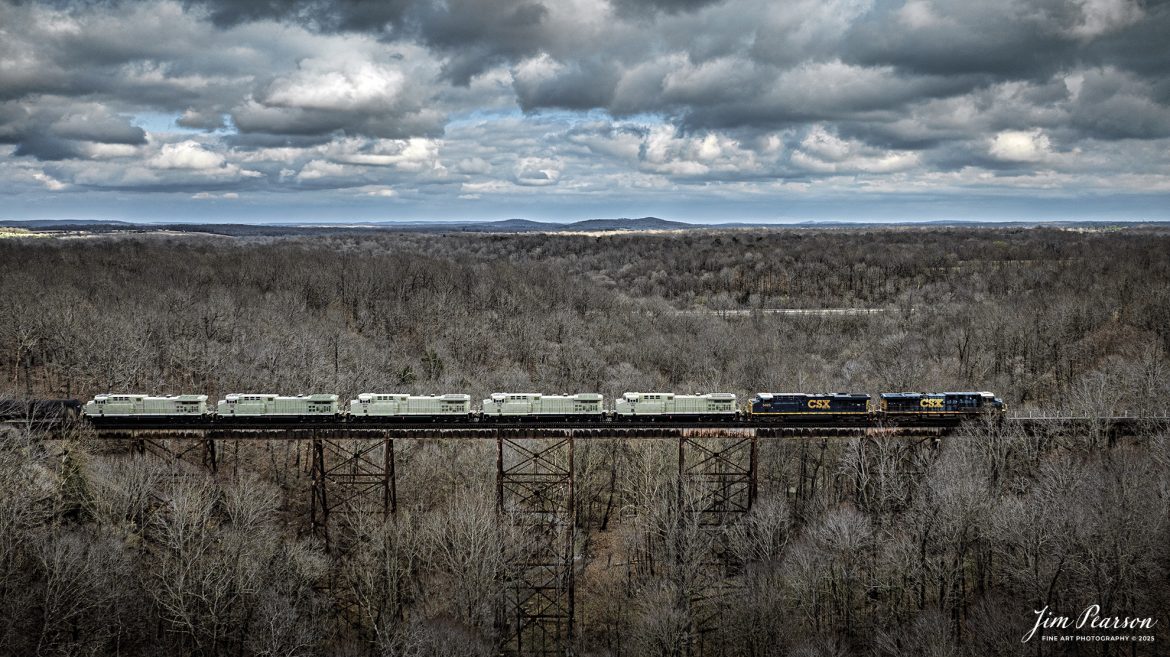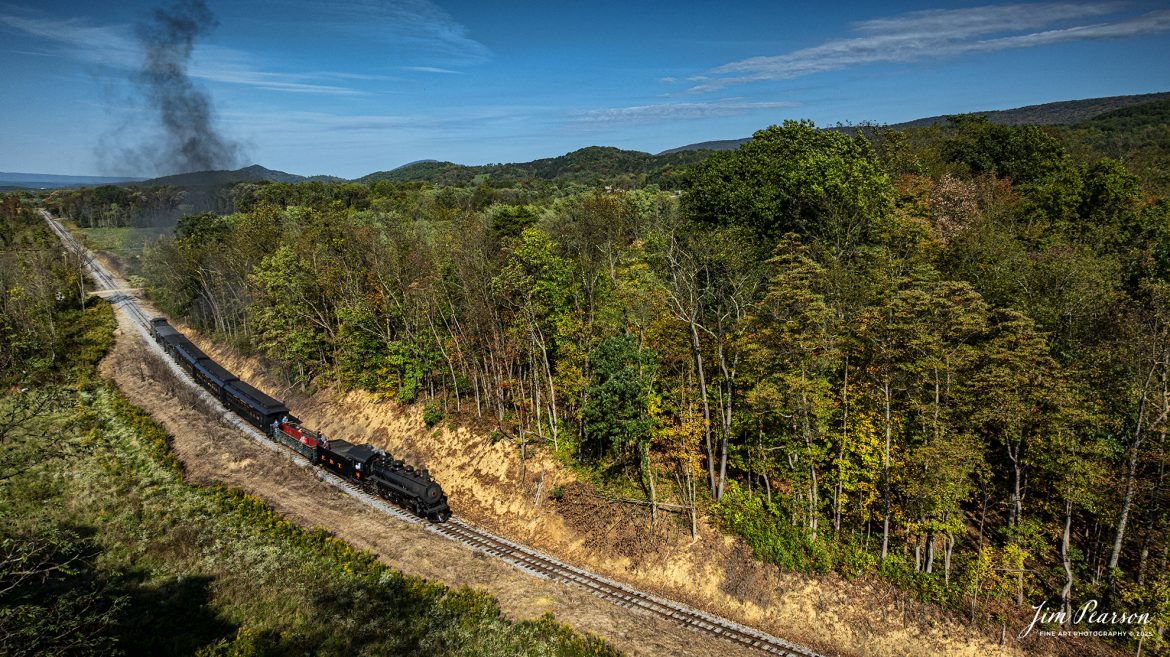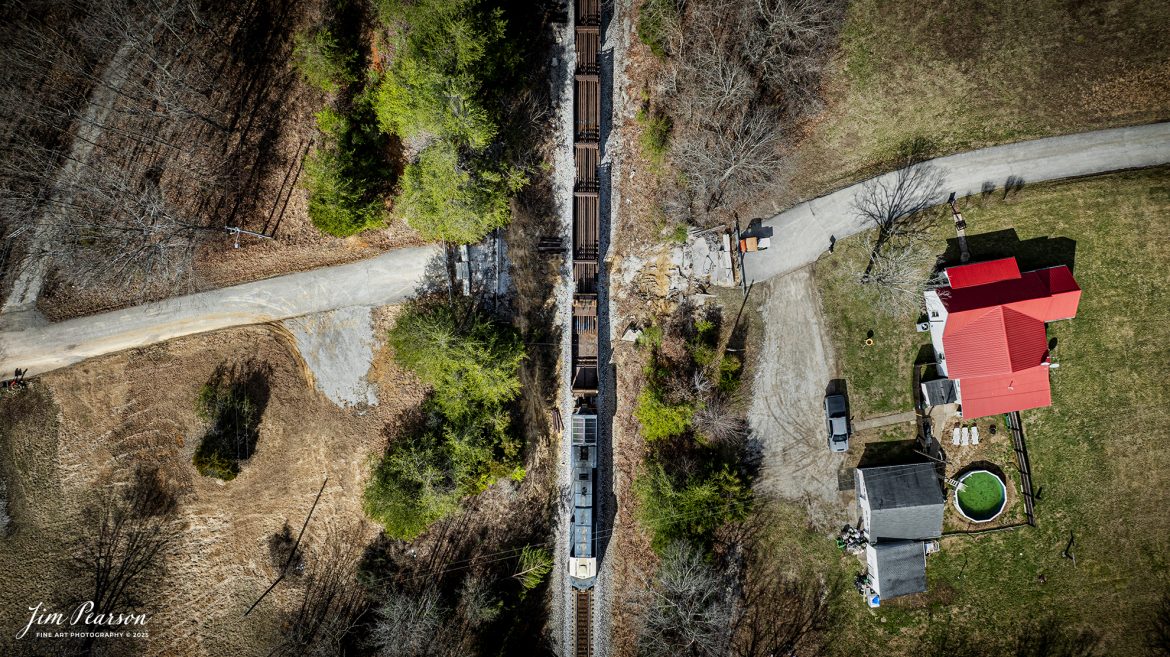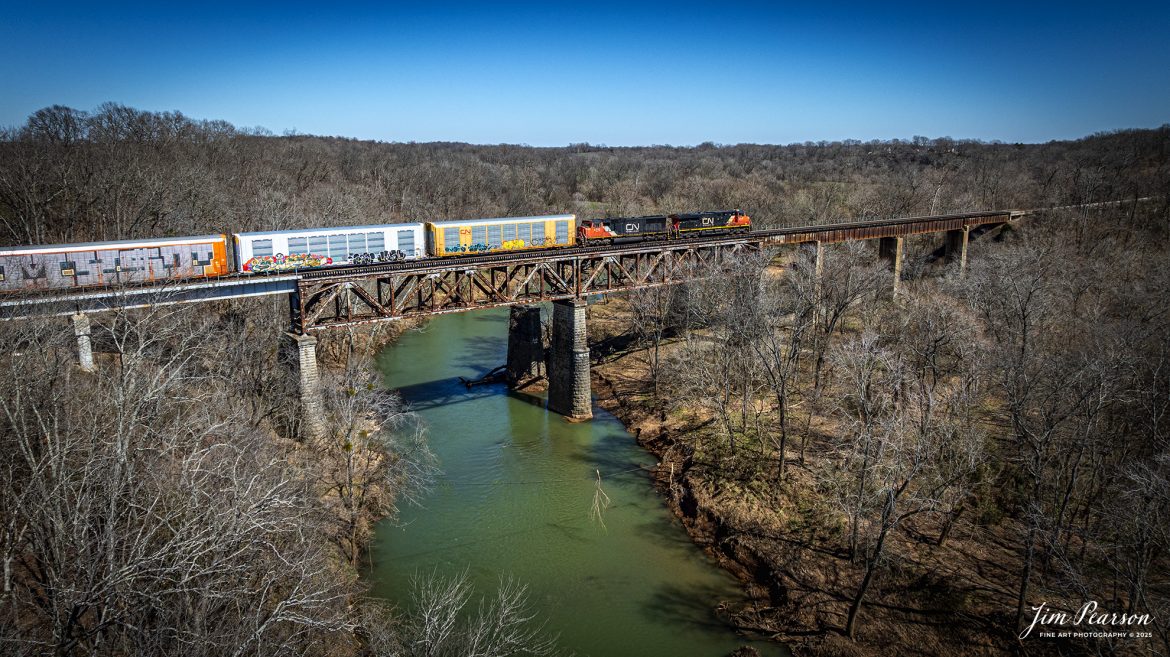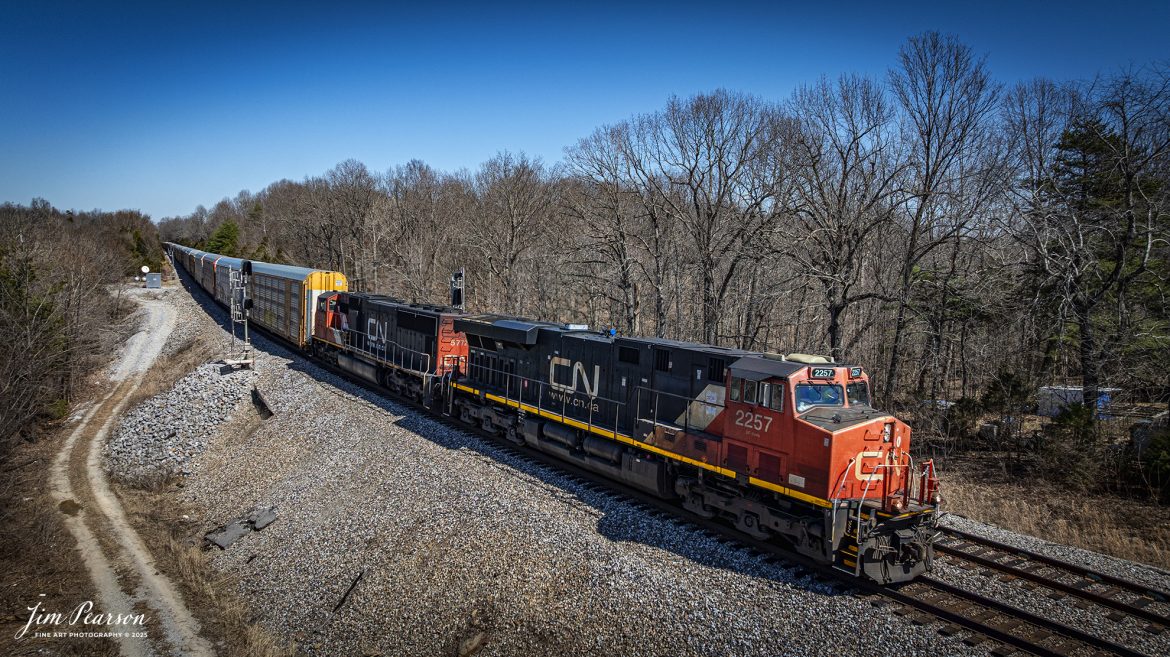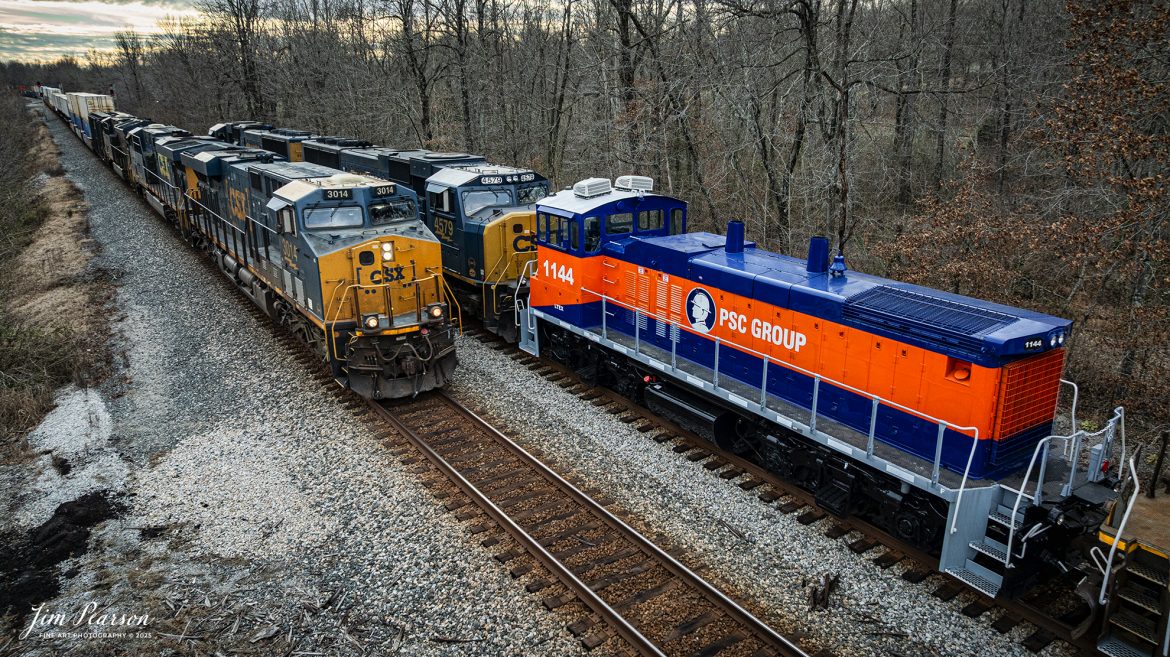CSX E040 waits at Guthrie, Ky with ethanol train (B622) and the We Are One CSX locomotive 4720 as a mid-train DPU at Guthrie, Kentucky on March 18th, 2025, on the CSX Henderson Subdivision. This is my first time catching this locomotive out in the wild and while I wish it had been leading but I’ll take what I can get! I totally love the look of this locomotive!
According to a CSX press release, January 14, 2025 – CSX has introduced the ONE CSX locomotive, a specially designed engine to symbolize the company’s commitment to fostering collaboration, inclusion, and mutual respect across its workforce.
“This locomotive celebrates our ONE CSX team and culture,” said CSX President and Chief Executive Officer Joe Hinrichs. “I am so proud to work with 23,000 members of our ONE CSX team every day to keep America moving.”
The locomotive’s vibrant design was created by Jody Cremeans, a Carman Painter at CSX’s mechanical shop in Huntington, West Virginia. Cremeans’ design reflects the company’s cultural pillars of valuing, appreciating, including, and respecting every individual within its organization. Employees at CSX’s Waycross, Georgia, mechanical shop brought the design to life, meticulously painting and polishing the locomotive to perfection.
Prominently displayed on the locomotive are the logos of 14 labor unions that represent CSX employees, reinforcing the company’s commitment to collaboration. This special detail of the locomotive further exemplifies CSX’s focus on working together to deliver exceptional customer service while ensuring every employee feels valued and connected.
“The ONE CSX cultural initiative has been a great way for management and craft employees to come together, to work together and to value each other,” explained Jon Guest, Assistant Superintendent at the CSX Waycross Terminal.
The ONE CSX locomotive serves as a rolling tribute to the importance of teamwork and mutual respect within the organization. For CSX, its success is directly tied to creating a workplace that fosters unity and celebrates each employee’s contributions.
The new locomotive stands as a testament to the power of shared purpose within the organization and represents CSX’s aspiration to continue building an inclusive and respectful workplace.
Tech Info: DJI Mavic 3 Classic Drone, RAW, 22mm, f/2.8, 1/1600, ISO 130.
